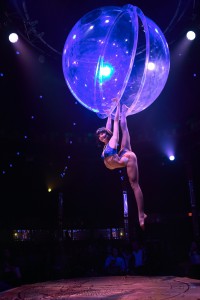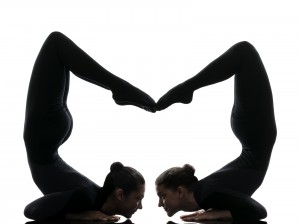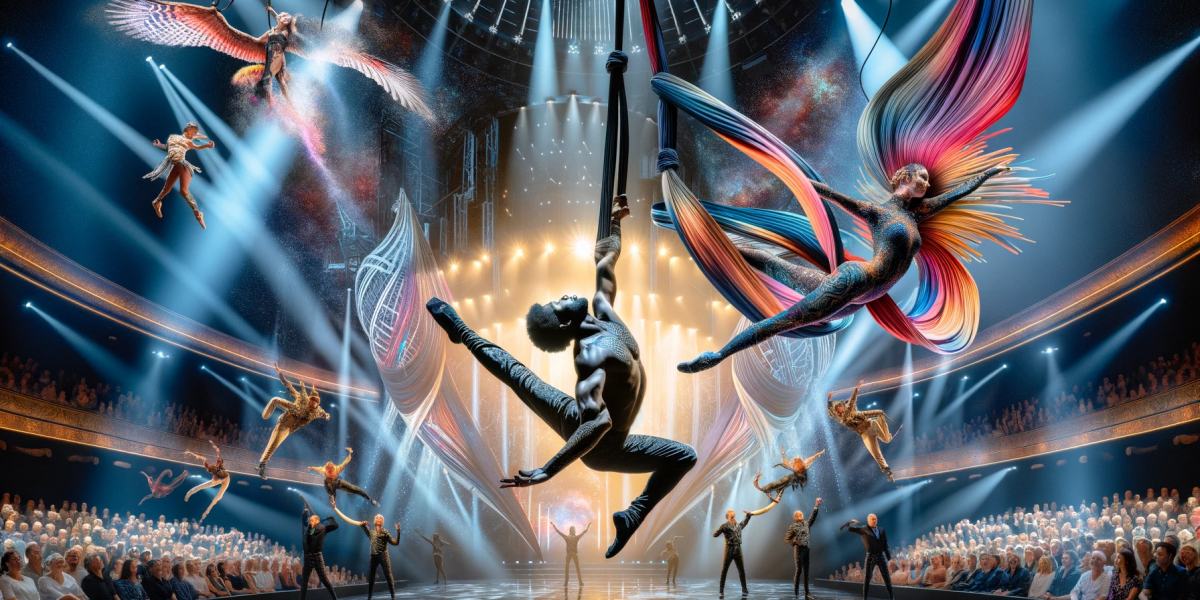The realm of acting is expansive and constantly changing, as actors persistently strive to improve their skills and mesmerize spectators. While traditional acting techniques and methods are indispensable, there’s an increasing trend of actors incorporating non-traditional skills into their performances. Among the most fascinating and visually arresting of these are circus and acrobatic skills. From juggling and aerial arts to contortion, these skills can add a unique flair and depth to an actor’s repertoire.
Check out this article about a film on Netflix: Day Shift Movie’s Vampires Were Actually Played By Contortionists. Be sure to watch the embedded video, too!
The Historical Connection
Throughout history, the worlds of theater and circus have been closely connected. The ancient Romans cleverly combined dramatic storytelling with gladiatorial battles and chariot races. During the Elizabethan period, jugglers and acrobats frequently entertained audiences in the same locations as Shakespearean dramas. The distinction between actors and acrobats has consistently been less distinct than expected.
Juggling: More Than Just Throwing and Catching
Juggling, often perceived merely as a fun pastime, requires a deep sense of timing, rhythm, and hand-eye coordination. When incorporated into a theatrical performance, it can symbolize a character’s multitasking abilities, internal chaos, or even a playful nature. Moreover, juggling can be utilized in various forms – from the traditional ball or pin juggling to more complex forms like fire juggling or contact juggling, where the object remains in contact with the performer’s body.
 Aerial Arts: Defying Gravity on Stage
Aerial Arts: Defying Gravity on Stage
Aerial arts, which include skills like trapeze, silks, and lyra, can elevate a performance—quite literally. These arts require strength, flexibility, and a deep trust in one’s equipment and training. Aerial sequences can symbolize a character’s desire to break free, rise above challenges, or even represent dreamlike sequences. The visual spectacle of an actor gracefully moving in the air can add a magical quality to a performance, transporting the audience to another world.
Contortion: Pushing the Limits of the Human Body
Contortionists have the incredible ability to bend and twist their bodies into seemingly impossible shapes and positions. This skill, when integrated into a character’s narrative, can represent flexibility in the face of adversity, the lengths a character is willing to go to achieve their goals, or even internal turmoil. Contortion acts can be both mesmerizing and unsettling, making them perfect for a range of roles, from the ethereal to the eerie.
Training and Safety
While these skills can add a unique dimension to an actor’s performance, they are not without their challenges. Intensive training is paramount. Just as actors train for years to perfect their craft, circus skills require dedicated practice under the guidance of seasoned professionals. Safety is also of utmost importance. Whether it’s ensuring the correct technique in contortion to avoid injury or rigorously checking aerial equipment, the actor’s well-being should always be the priority.
The Fusion in Modern Theater
Contemporary theater productions are increasingly recognizing the value of blending acting with circus and acrobatic skills. Shows like Cirque du Soleil have revolutionized the theater scene, offering a synthesis of narrative, acting, and high-flying acrobatics. Even Broadway isn’t immune to the charm of the circus. Productions such as Pippin have seamlessly integrated acrobatics into their narrative, further blurring the lines between traditional theater and circus arts.
The integration of circus and acrobatic abilities into acting goes beyond being a passing fad; it serves as evidence of the constantly evolving essence of the performing arts. These abilities not only provide a captivating spectacle for viewers but also enable actors to portray their characters in groundbreaking and multifaceted manners. As actors persist in surpassing the limits of what can be achieved, we should anticipate an influx of even more exhilarating performances that defy gravity and challenge our preconceived notions of theater.
 Where Can You Learn to Be a Contortionist?
Where Can You Learn to Be a Contortionist?
Circus Schools: There are numerous cities worldwide that house circus schools or training centers providing a range of courses in different circus arts, such as contortion. A few well-known institutions include:
École Nationale de Cirque in Montreal, Canada
The National Centre for Circus Arts in London, UK
San Francisco Circus Center in San Francisco, USA
Dance Studios: While not exclusively focused on contortion, many dance studios offer flexibility and strength training classes that can serve as a foundation for contortion.
Gymnastics Centers: Like dance studios, gymnastics centers place a strong emphasis on developing flexibility and strength through their training programs. While the primary focus is on honing gymnastic skills, aspiring contortionists can also benefit greatly from the foundational training provided.
Online Courses and Tutorials: There exists a multitude of online platforms, websites, and YouTube channels solely committed to contortion and flexibility training. Although these online resources can be advantageous, it is crucial to exercise caution when engaging with them. In the absence of direct supervision, there is a potential for harm.
Workshops and Masterclasses: Renowned contortionists often conduct workshops or masterclasses around the world. Participating in these can offer specialized training and insights into the art of contortion.
Private Coaching: If you’re serious about mastering contortion, consider hiring a private coach. This allows for personalized training tailored to your specific needs and goals. A coach can provide hands-on adjustments, ensuring that exercises are done correctly and safely.
Yoga Studios: While the primary focus of yoga isn’t contortion, certain yoga styles and poses emphasize deep stretches and flexibility. Classes like Yin Yoga can be particularly beneficial for improving flexibility.







